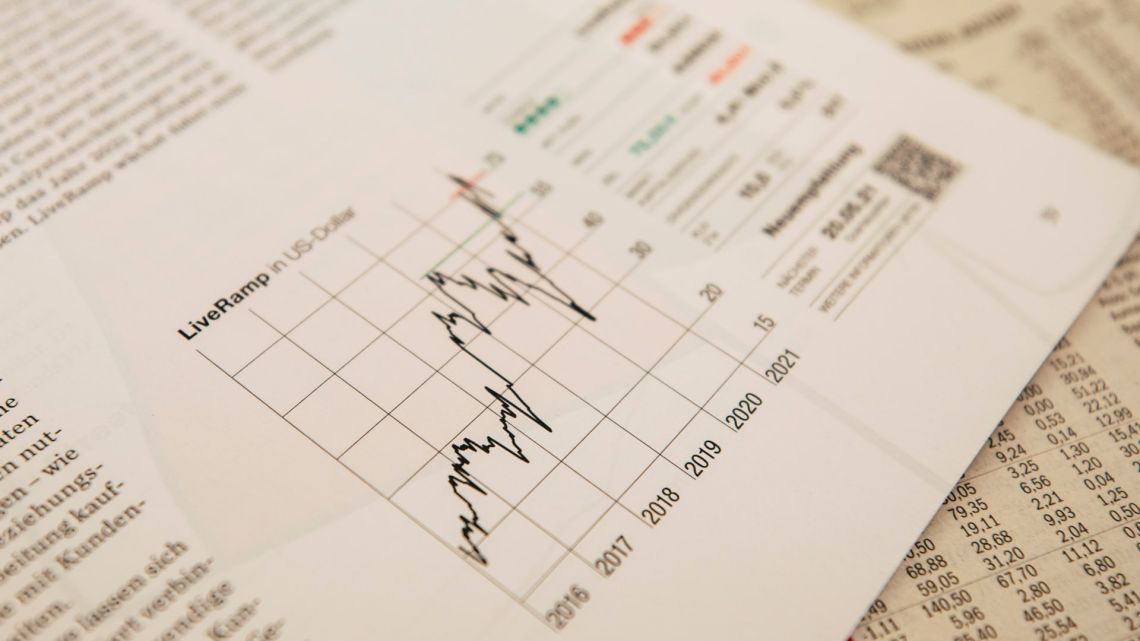
State regulators in California have given the green light for an increase in robotaxis on the streets of San Francisco. The California Public Utilities Commission, which oversees taxi and autonomous vehicle operations, has approved two resolutions to expand driverless taxi services offered by Alphabet's Waymo and GM's Cruise.
In a lengthy 7-hour meeting, the regulators voted 3-1 in favor of allowing Waymo and Cruise to provide fared driverless rides throughout San Francisco. This expansion permits the operation of an unlimited number of vehicles at any time of the day.
With this decision, San Francisco will become the first city in the United States to have two fleets of robotaxis that can directly compete with traditional taxi services and ride-hailing companies.
Although the presence of driverless vehicles in the city is not new, city officials in San Francisco have expressed concerns about the readiness of autonomous driving technology and the need for greater transparency from these companies. The city's fire department recently disclosed details of 55 incidents this year where driverless cars impeded emergency scenes.
The Challenges and Potential of Autonomous Vehicles in San Francisco
Introduction
In recent years, San Francisco has become a hotspot for autonomous vehicles, pioneering the use of driverless technology on its streets. However, this technological advancement has not come without its challenges. The city has been experiencing a growing number of incidents involving autonomous cars, ranging from minor disruptions to major crashes. Jeffrey Tumlin, the head of San Francisco's transportation agency, has called for a more controlled and gradual expansion of autonomous cars, akin to a "learner's permit." While regulation of autonomous vehicles falls under the jurisdiction of the state, the city is actively seeking ways to navigate this new technological landscape.
Public Debate and Delays
The issue of autonomous vehicles has sparked intense public debate in San Francisco. A recent meeting held by the Public Utilities Commission (PUC) saw over 150 individuals voice their opinions on both sides of the matter. This demonstrates the high level of interest and concern surrounding the integration of driverless technology in daily life. Efforts to address these concerns have been hindered by delayed meetings, but as the city continues to grapple with these challenges, progress is being made.
Leading Companies and Their Operations
Several companies are at the forefront of the autonomous vehicle revolution in San Francisco. While many have autonomous cars on the city's streets, only Cruise and Waymo have been granted approval for taxi services, albeit with certain limitations. The two companies recently disclosed their respective fleet sizes in San Francisco. Cruise operates 100 vehicles during the day and 300 at night, while Waymo boasts 250 robotaxis in operation. These numbers could soon see exponential growth as the companies ramp up their efforts to create disruptive services that rival traditional ride-hailing platforms like Uber.
Conclusion
Autonomous vehicles hold immense potential for San Francisco and beyond. They offer the promise of safer transportation options and a more efficient urban mobility system. However, the road towards widespread adoption is not without obstacles. San Francisco is actively addressing the challenges posed by autonomous cars, seeking a balance between innovation and public safety. As the city continues to navigate these uncharted waters, it is crucial to strike a balance between embracing new technology and ensuring its responsible implementation.













Write Your Comment